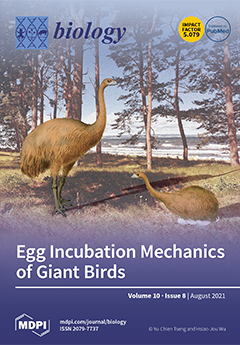The white-back planthopper (WBPH),
Sogatella furcifera, mainly harms rice and occurs in most rice regions in China and Asia. With the use of chemical pesticides,
S. furcifera has developed varying degrees of resistance to a variety of pesticides. In our study, a
[...] Read more.
The white-back planthopper (WBPH),
Sogatella furcifera, mainly harms rice and occurs in most rice regions in China and Asia. With the use of chemical pesticides,
S. furcifera has developed varying degrees of resistance to a variety of pesticides. In our study, a chlorpyrifos-resistant population (44.25-fold) was built through six generations of screening with a sublethal dose of chlorpyrifos (LD
50) from a field population. The expression levels of ten selected resistance-related P450 genes were analyzed by RT-qPCR and found that
CYP408A3 and
CYP6CS3 were significantly more expressed in the third instar nymphs of the XY17-G5 and XY17-G6 populations, about 25-fold more than the Sus-Lab strain, respectively (
p < 0.01). To elucidate their molecular function in the development of resistance towards chlorpyrifos, we cloned two P450 full lengths and predicted their tertiary protein structures.
CYP408A3 and
CYP6CS3 were also downregulated after injecting
dsCYP408A3,
dsCYP6CS3, or their mixture compared to the control group. Moreover, the mortality rates of the
dsCYP6CS3 (91.7%) and the mixture injection treatment (93.3%) treated by the LC
50 concentration of chlorpyrifos were significantly higher than the blank control group (51.7%) and
dsCYP408A3 injection treatment (69.3%) at 72 h (
p < 0.01). Meanwhile, the P450 enzyme activities in the dsRNA treatments were lower than that in the control (XY17-G6) (
p < 0.01). Therefore, the P450 gene
CYP6CS3 may be one of the main genes in the development of chlorpyrifos resistance in
S. furcifera.
Full article






